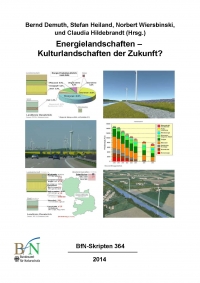BfN Schriften 362 - Agronomic and environmental aspects of the cultivation of genetically modified herbicide-resistant plants A joint paper of BfN (Germany), FOEN (Switzerland) and EAA (Austria)
Beschreibung
Conservation of biodiversity is high on the agenda of international and national environmental policies though not very present in public awareness. The need to protect biodiversity and stop the loss was acknowledged in the Convention on Biological Diversity (CBD), internationally agreed on in 1992, and underscored by relevant decisions since then. It has been known for some time that intensive high input farming is one of the main drivers of ongoing biodiversity losses in agricultural landscapes. An indicator for such losses is the diversity and abundance of weed flora. Transgenic crops resistant to the herbicides glyphosate (accounting for the great majority) and glufosinate have first been cultivated commercially in the nineties of the last century. Since then, a wealth of information has been collected on use patterns and on impacts of herbicide-resistant (HR) crops.
